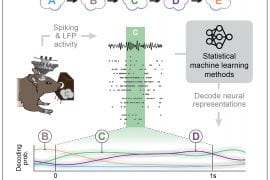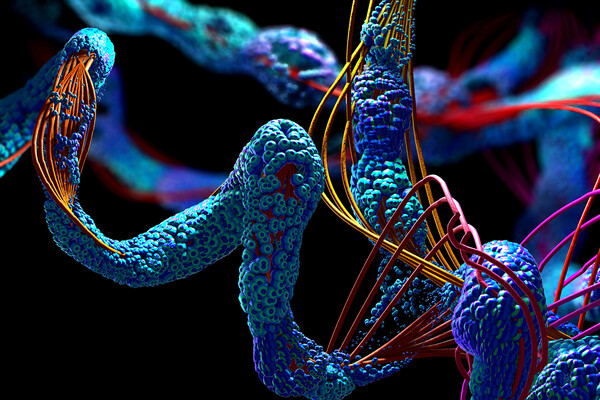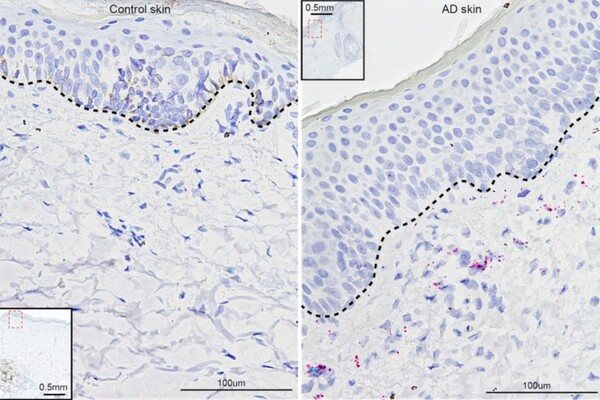In humans the pandemic is showing signs of ebbing. In white-tailed deer and other wildlife, however, infections appear widespread.
Latest News
COVID-19 vaccines for young children
As the pandemic enters its third year, kids under five can’t get vaccinated. Researchers explain what’s been unfolding with the vaccine authorization process.
How to design a sail that won’t tear or melt on an interstellar voyage
The Breakthrough Starshot Initiative’s laser-based approach requires rethinking a sail’s shape and composition so it won’t melt or tear during acceleration and pushed by wind, not light.
Uncovering unexpected properties in a complex quantum material
Using a novel technique developed at Penn, researchers gained new insights into the properties of a proposed excitonic insulator known as Ta2NiSe5, with implications for future quantum devices.
UCI team uncovers key brain mechanisms for organizing memories in time
Convergence research project integrated neurobiology with data science techniques
Two Penn faculty named 2022 Sloan Research Fellows
Yuxin Chen and Deep Jariwala have been recognized for their creativity, innovation, and research accomplishments as members of the next generation of scientific leaders.
Newly discovered ‘encrypted peptides’ with antibiotic properties
A new study reports three distinct proteins in human plasma that have naturally occurring antibiotic properties.
A serendipitous finding lends new insight into how atopic dermatitis develops
Research from the School of Dental Medicine, the Perelman School of Medicine, and Oak Ridge National Laboratory reveals a mechanism behind the inflammation that is a feature of the common skin disease.
Breakthrough in Cathode Chemistry Clears Path for Lithium-Sulfur Batteries' Commercial Viability
America’s growing demand for electric vehicles (EVs) has shed light on the significant challenge of sustainably sourcing the battery technology necessary for the broad shift to renewable electric and away from fossil fuels. In hopes of making batteries that not only perform better than those currently used in EVs, but also are made from readily available materials, a group of Drexel University chemical engineers have found a way to introduce sulfur into lithium-ion batteries – with astounding results.
Drexel’s Environmental Collaboratory Will Solve Environmental Problems With a Community-Driven and Justice-Centered Approach
One of the first projects of The Environmental Collaboratory, supported by the inaugural Glenmede Environmental Collaboratory Research Fund, will be an assessment of progress and actions needed to reduce lead poisoning in West Philadelphia. Studies to date have found that while lead poisoning is declining in some areas of Philadelphia, rates remain high in the Overbrook area of West Philadelphia. Stefanie A. Kroll, PhD, assistant research professor in the College of Arts and Sciences and watershed ecology section lead at the Academy, will collaborate with Jerome Shabazz, the executive director of the Overbrook Environmental Education Center, to help understand which practices have led to declines in blood lead level (BLL) concentrations in other areas.












